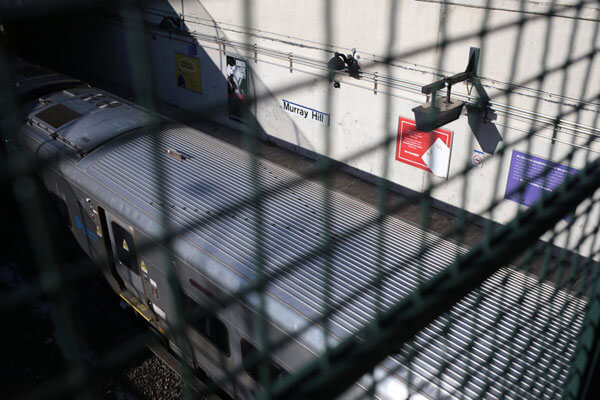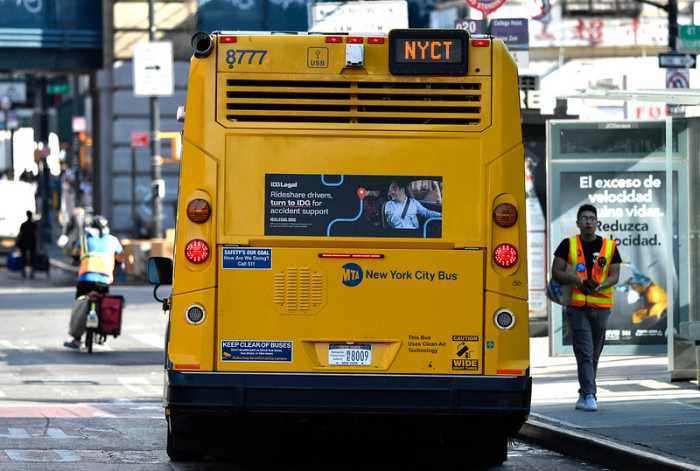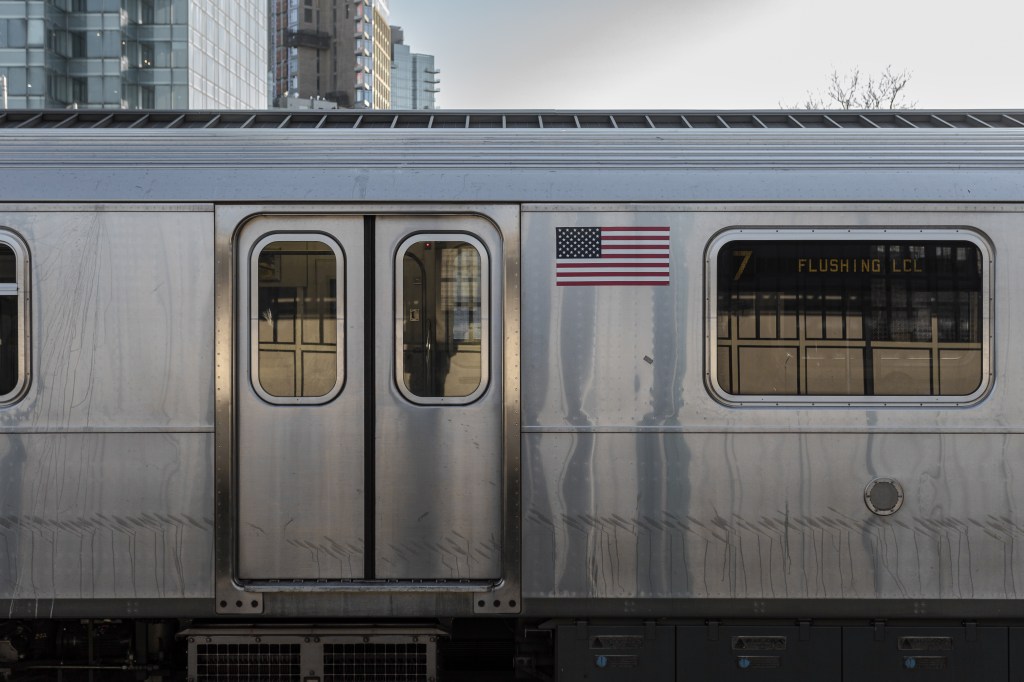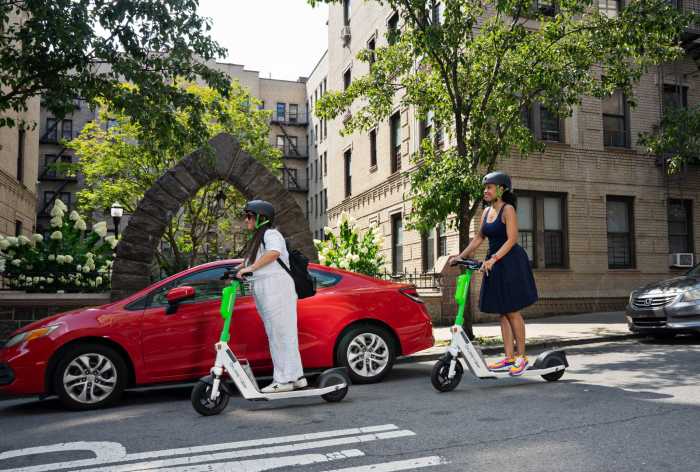By Mark Hallum
A recent report by state Comptroller Thomas DiNapoli claims the Long Island Rail Road had the worst on-time performance in nearly two decades in 2017.
With up to 9.2 million riders in total inconvenienced, the region sustained about a $75 million loss in productivity throughout the year, with an on-time performance of 91.4 percent, which has not been seen since 1999, according to DiNapoli.
“As millions of commuters can attest, the performance of the Long Island Rail Road has become unacceptable,” said DiNapoli. “On-time performance has fallen to the lowest level in nearly two decades, hurting riders. While Amtrak was a big factor behind the deterioration in service last year, the LIRR was responsible for more than twice as many delays. The MTA must ensure the LIRR has the resources it needs to provide reliable service and is managed effectively.”
The report found about 21,400 trains were late, cancelled or terminated, with much of the disruption being attributed to Amtrak rails, tunnels and other infrastructure in and around Penn Station in a crisis all its own.
Eight weeks of repairs to a backlog of infrastructure work in Penn Station and LIRR service reduction to the nation’s largest transit hub was termed the “Summer of Hell” by Gov. Andrew Cuomo.
But according to LIRR board members at a January meeting, the transit agency, which operates under the purview of the Metropolitan Transportation Authority, was well prepared for the “Summer of Hell” and the biggest setbacks came during the autumn and winter months when leaves on the tracks created skid and wear on train wheel which required service.
Service deteriorated further in January 2018 but recovered somewhat in February.
According to LIRR President Patrick Nowakowski at a January 2018 meeting, up to 210 train cars had to be removed from service in early December because wheels flattened out from leaf residue with cold, dewy conditions, causing the trains to skid as the brakes were applied. A secondary examination revealed that 157 additional cars needed repairs for flat wheels.
Nowakowski said the wheels simply need to be rounded out on a lathe to be put back into service.
“We suffered a tremendous number of train cancellations over a several-week period,” Nowakowski said at the January meeting. “We operated with a number of trains short cars, which caused severe crowding on the trains that were able to run.”
DiNapoli gave the LIRR some credit by placing the blame for 3,000 late, canceled and terminated trains on Amtrak, which was a 150 percent increase over 2016’s performance.
But DiNapoli’s report reproached LIRR leadership for blaming customers for increased dwell time at stations with overcrowding due to special events and shorter platforms, meaning customers held the train while they walked through cars that met the platform.
“We have heard our customers loud and clear, and we are taking a host of aggressive actions to improve service in the short-term, including adding staff to improve service reliability and respond quicker to infrastructure and fleet problems, hardening against weather-related delays, upgrading signals, switches, track and railroad crossings and improving communications,” an LIRR spokesman said. “At the same time, we have 100 capital projects including the Double Track, Third Track, and Jamaica Capacity Improvement projects that will dramatically improve the railroad’s performance and enhance capacity for generations to come.”
January 2018 was the worst month for the LIRR in 22 years, however, with blizzards and exceedingly cold temperatures shrinking the already suffering on-time performance to 83.9 percent.
February was a better month for the LIRR with a performance rate of 93 percent, but that number was still below the agency’s goal of 94 percent.
Reach reporter Mark Hallum by e-mail at mhall




































